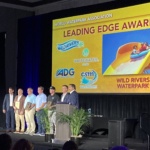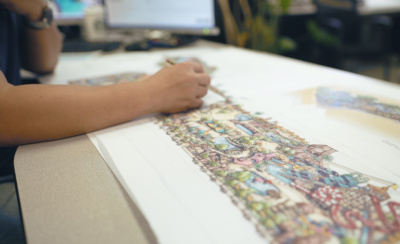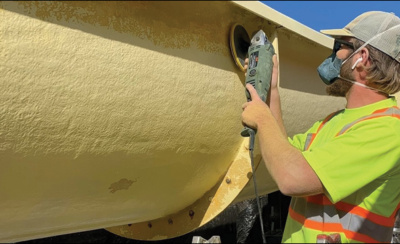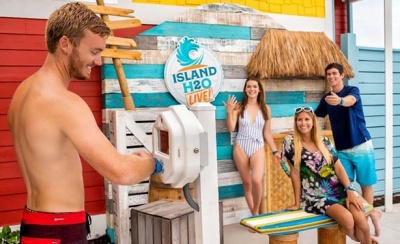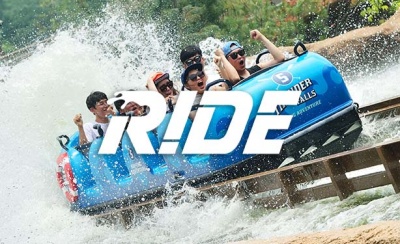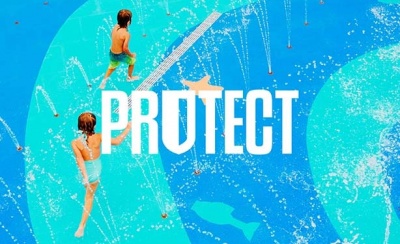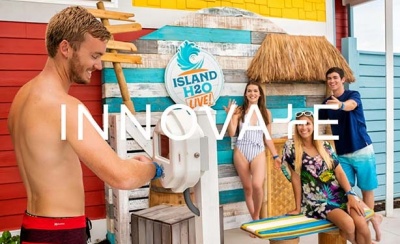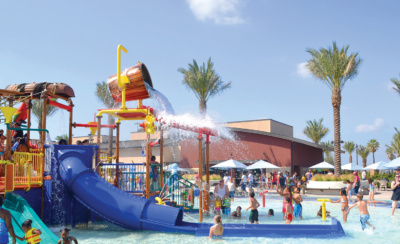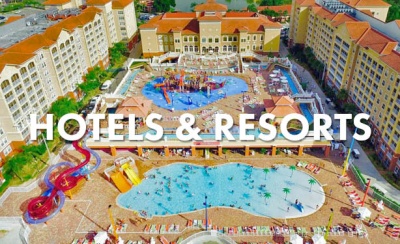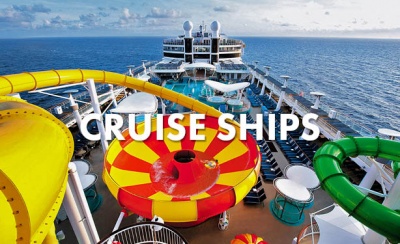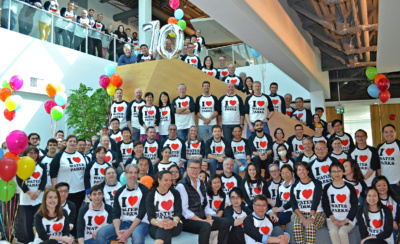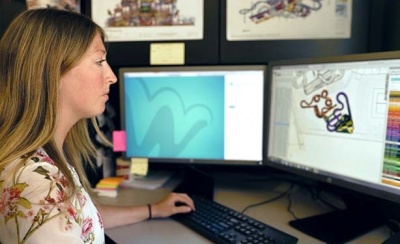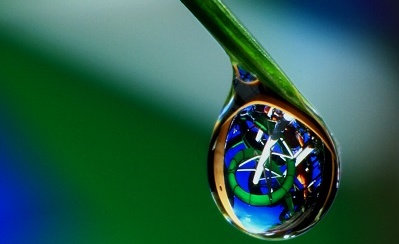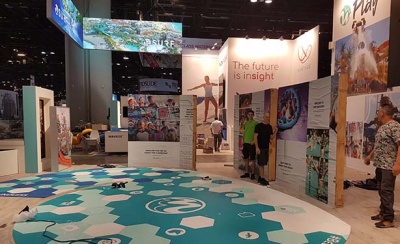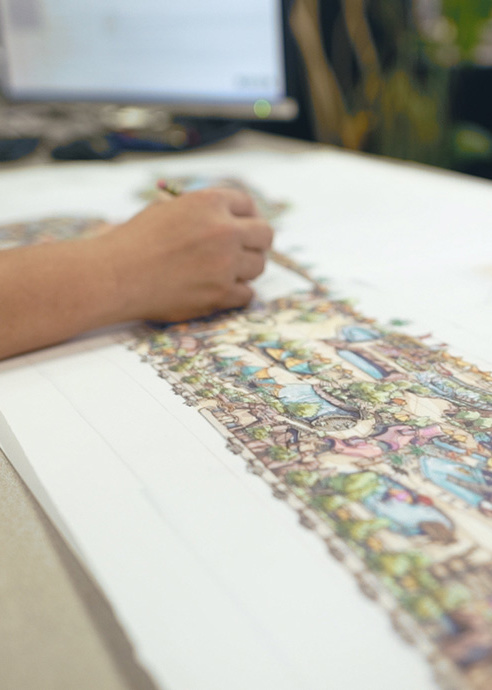
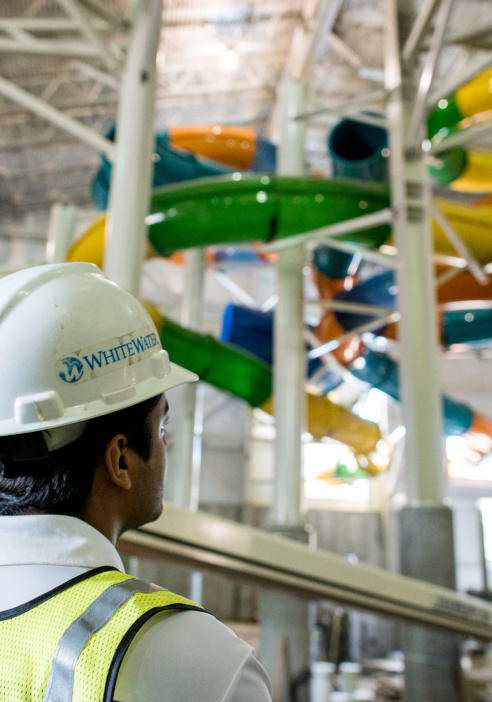
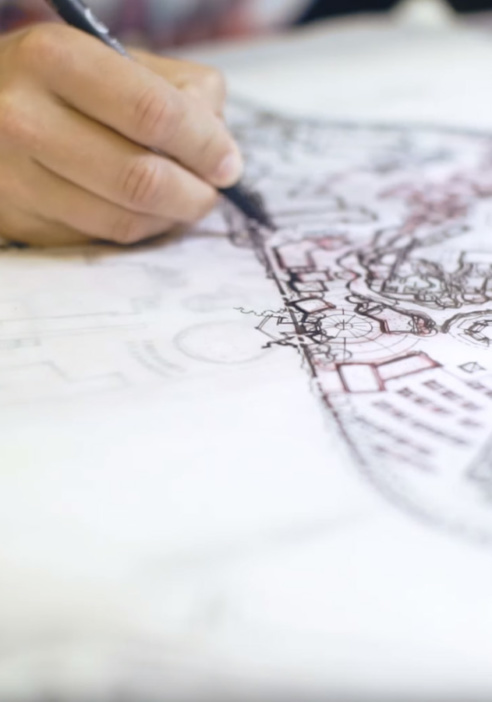
How to Create a Successful Water Park – Part 1: Design
Part 1: Design
A beautiful drawing is only half the story when it comes to creating a successful water park. Behind every brush stroke, our designers meticulously take into consideration the ride’s location and placement of the retail and food and beverage outlets to maximize revenue while minimizing congestion. Moving from creative vision to the customer experience, Hamza Saber has become a master at weaving water slides around existing structures and through tight footprints with his background in civil engineering. To learn more about what makes a water park design successful, we sat down with Hamza to learn from his experience as Senior Engineer, Business Development for part one in our three-part series around creating a successful water park.
The Secret to a Successful Design
When it comes to creating a successful water park design, according to Hamza, it is all about the ride mix and the aesthetic of the space. “Parks need to have a mixture of rides that will cater towards different kinds of people,” Hamza says. “I usually try to include a little bit of everything in my designs to make sure that the entire family can spend the entire day at the park. This usually includes something calmer for people who don’t like fast attractions, some family rides they can experience together, and your impressive thrill slides. Competition rides are also getting very popular in Europe, so, if the design allows for it, I may also add a racing slide like the Parallel Pursuit or Whizzard.”
The other important aspect of a successful design is providing an inviting space outside of all the rides, especially if it’s an indoor water park. At some point in the day, guests are going to need to take a break to eat something or catch their breath. If the water park doesn’t have space for them to relax, then people won’t stay. It is important for designers to consider open space and vegetation during the design phase to create a more welcoming environment and prevent people from leaving.

Bringing the Vision to Life
Treating each design exercise as the seamless collaboration of architects, operational experts, and park designers, Hamza begins the process by working to understand what a park’s plan is and what they hope to achieve. The first question that the team asks is who the park’s target audience is. By looking at the specific demographic, plus the space and budget requirements, Hamza and the team can determine what ride options might make sense to help them achieve their operational goals.
After the initial conversation to understand their vision, Hamza works to finalize the ride mix and design. This is where the collaboration really begins with revisions and lots of meetings to make sure the client is getting something that works within the space, and of course, is safe. Many parks want to build the tallest or fastest new attraction with slides going in all kinds of crazy directions, leaving it to Hamza to apply the physics and determine a design that will be possible to engineer, while still delivering that ‘wow’ factor to excite the guest. The result is not only a pretty picture but a nearly engineered product.
Unique Considerations for Europe
With over four years of experience in slidepath design and the command of three European languages, Hamza will undergo frequent site visits to better understand growth trends and clients’ needs to create a more successful design. Celebrating one year at the European office has given him the chance to visit many countries across the region and gain a stronger understanding of the different legislations and restrictions. Over the past year, Hamza has visited Center Parcs Les Landes de Gascogne, other Center Parcs locations in Northern France and Southern Germany, and a few water parks in Belgium and Scotland. Because many of the water parks in the region are indoors, an additional challenge is presented to designers to get creative, often requiring them to weave slides both in and outside of the physical buildings to make the most of the space. This has taught Hamza to use shorter shutdown lanes to make the most of the floor space and increase the visibility within the park. 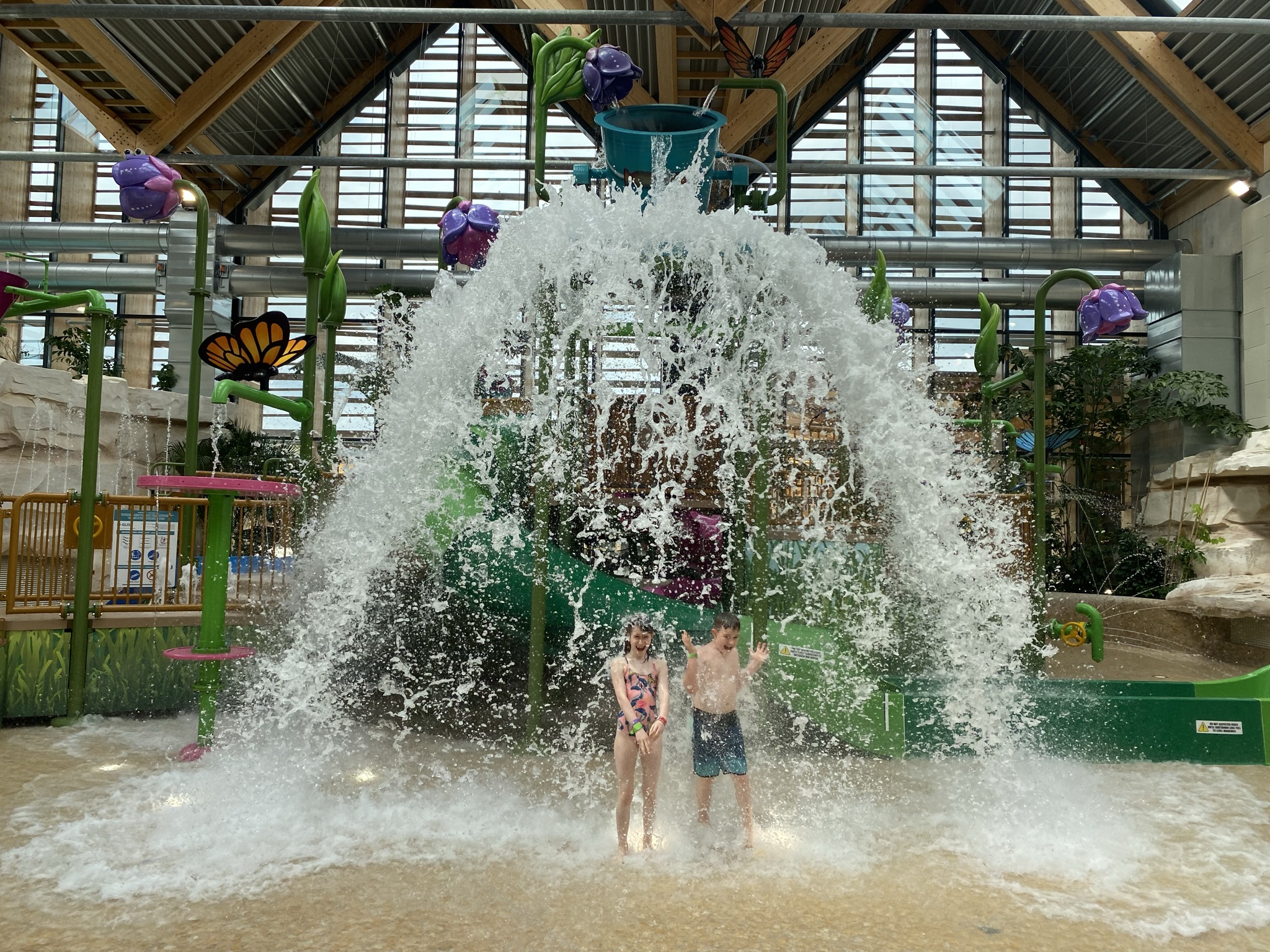
Upcoming Installations
The ink is still drying on a lot of Hamza’s designs, but one of the most exciting projects he has recently finished was for a water park in Austria. A unique project, the client worked closely with Hamza as before the water park could even apply for a building permit, they needed to present a completed design for submission. The resulting design is very different than your traditional indoor water park with specific government legislation around how wide the stairs could be and how many people can be on the tower at one time.
Collaborating with LD-Architecten, Hamza also played a major role in designing the water slides for Belgium’s most ambitious public-private sustainability project to date. With the goal of running on renewable energy, the new swimming pool complex of Sportoase in Sint-Niklaas is set to open in the summer of 2024 and will triple the current capacity of the swimming pool. The facility will feature four of WhiteWater’s popular water slides, including the first Slideboarding water slide in Europe.

Is Your Design Prime for Success?
If you’re ready to get started designing a project of your own, we would love to hear from you at whitewater@whitewaterwest.com. Make sure to keep your eyes peeled for part two of our series where we talk to Project Manager, Marilena Cardone about the building stage of what it takes to create a successful water park.

